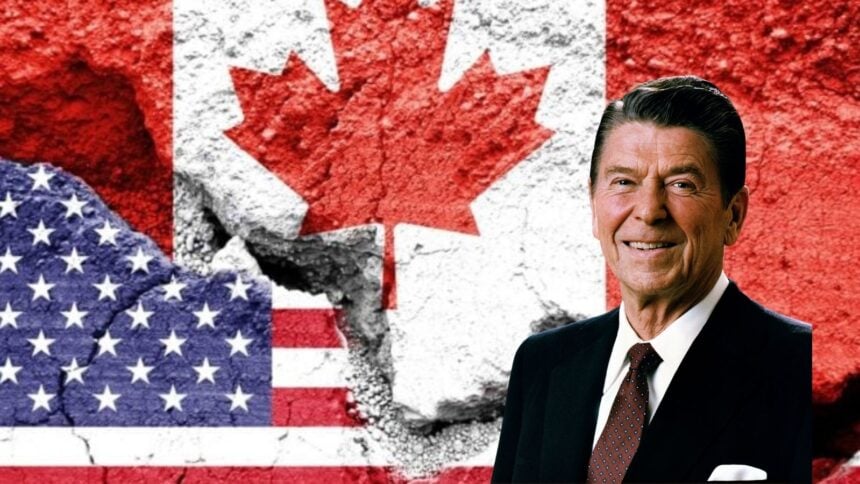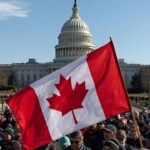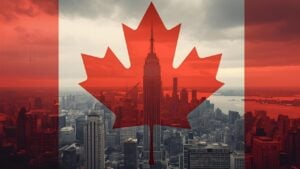Ronald Reagan’s admonitions about the costs of protectionism are getting a new airing as the United States and Canada navigate another rough patch in cross-border commerce.
When the world’s second largest bilateral trading relationship drifts toward new barriers, investors start gaming out how long supply chains can absorb higher costs before margins and hiring take a hit.
Washington is pushing to reshore manufacturing and secure strategic inputs. Ottawa is trying to shield domestic producers while keeping consumer prices in check.
The collision point is the same one that has defined past flare ups, how to balance jobs with open markets when political timelines move faster than factory retooling.
This tension has already shaped policy shifts on both sides, from Ottawa’s climate and industry planning to sector carve-outs in the United States.
Canada’s recent recalibration on electric vehicle policy captured the tradeoffs. Ottawa slowed the pace of mandated EV sales while it reassessed grid and charging readiness, a move that underscored how industrial policy intersects with trade flows and consumer costs.
Any renewed push to tighten content rules or levy new duties would ripple through North American auto plants that depend on cross border parts runs measured in hours, not days.
Companies with pricing power can pass some of that along, but retailers and manufacturers in competitive niches tend to eat a portion of the shock that can weigh on earnings guidance and capex.
Canada’s fiscal posture is another piece of the puzzle. Ottawa’s targeted relief for smaller firms during past cost spikes shows how quickly governments reach for offsets when trade frictions bite.
Temporary cushions help bridge shocks, but they also signal that officials expect frictions to linger longer than a single news cycle.
Canadians have benefited from asset gains during disinflation windows, but higher goods prices can erode those paper gains if wage growth does not keep pace.
Stronger net worth can soften the blow of price spikes, though it does not eliminate the squeeze on lower margin businesses.
Reagan’s message did not resolve past trade disputes on its own, and it will not settle this one but it framed a durable market truth.
The more that policy restricts the flow of intermediate goods, the more companies will pay to route around the constraint. In a tightly integrated North American economy, that bill rarely stays on a government ledger.
It shows up in earnings calls, capital budgets, and household budgets. Until officials on both sides produce a plan that balances security with openness, traders will assume a higher risk premium for sectors that live on the border.




















